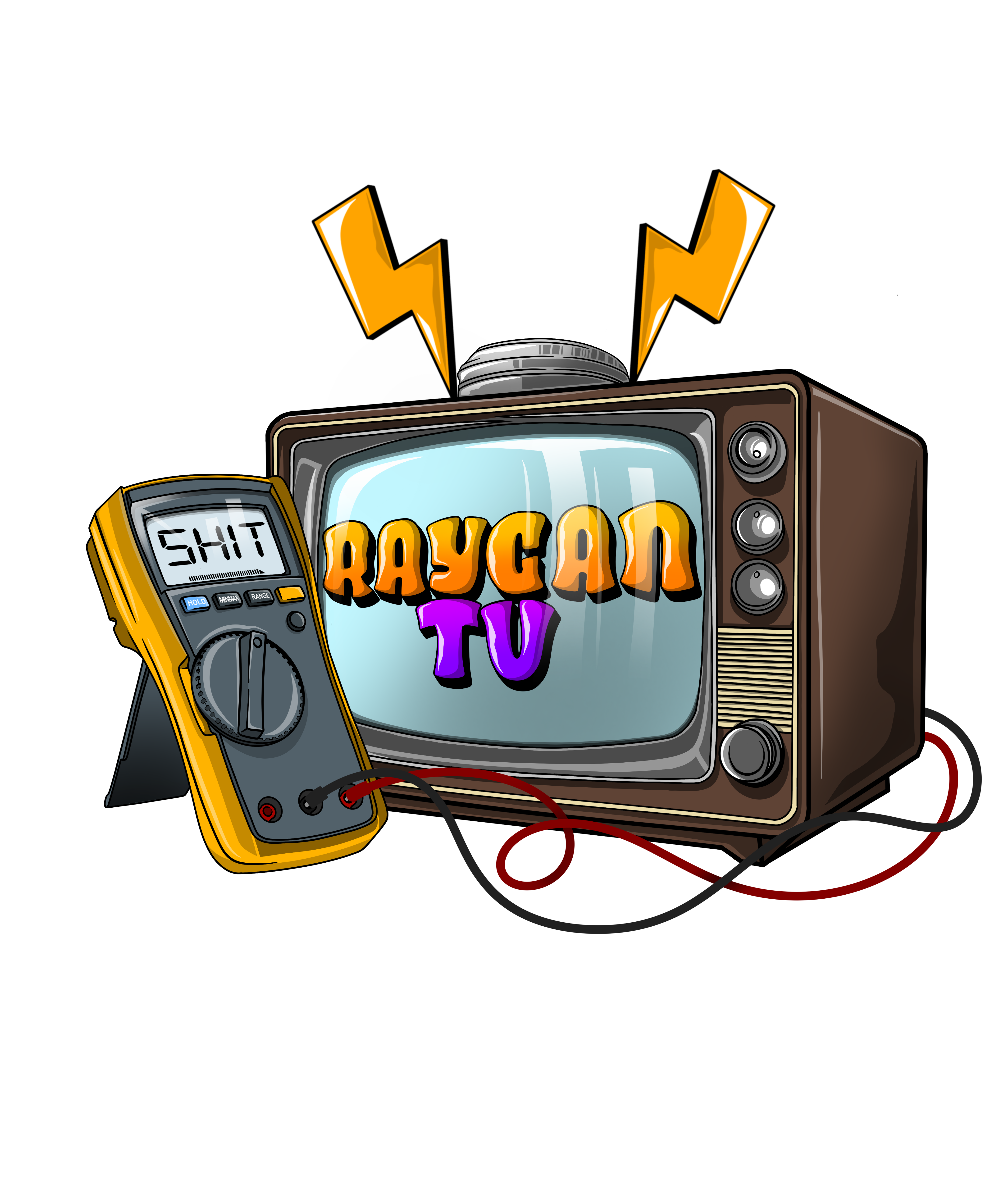
Crossing the Line Ceremony
The Shellback

The Shellback Ceremony, also known as the Crossing the Line Ceremony, is a long-standing naval tradition observed by the U.S. Navy and other maritime forces worldwide. It is a rite of passage for sailors crossing the equator for the first time, transforming them from “Pollywogs” (novice sailors) into “Shellbacks” (seasoned seafarers). The ceremony is rooted in centuries-old maritime customs and has evolved into a unique blend of pageantry, camaraderie, and hazing rituals.
Adoption by the U.S. Navy
The U.S. Navy officially adopted the Shellback Ceremony in the 19th century, influenced by the traditions of European navies. The ceremony became especially prominent during the Age of Sail, when ships spent weeks or months on voyages across the ocean, making the equator-crossing a significant milestone.
During the early 20th century, the ceremony became more structured but also more elaborate, incorporating theatrical elements and strict rules. By World War II, it was a well-established naval custom practiced on virtually all U.S. Navy ships crossing the equator

Typical Elements of the Ceremony
Initiation by “King Neptune” – Pollywogs are summoned before Neptune and his court.
Trials and Obstacle Courses – Pollywogs undergo a series of physical endurance tests, which may include crawling through seawater, enduring playful verbal abuse, or engaging in water-based challenges.
The Royal Baby’s Belly – Pollywogs often have to “kiss the baby” (usually a humorous, messy ritual involving a belly covered in grease or other substances).
Dunking in Water – A major part of the ritual, where Pollywogs are often dunked or sprayed with seawater.
Eating Strange Foods – In some versions of the ceremony, Pollywogs must eat unusual or unappetizing foods.
The Reading of Charges – Pollywogs are “accused” of offenses such as being landlubbers or unfit for the sea and must “prove” their worthiness.
Final Declaration – After completing the trials, Pollywogs take an oath and are officially deemed Shellbacks, receiving a certificate commemorating the event.
The Shellback Certificate: A Coveted Memento
Upon successfully completing the ceremony, sailors receive an official Shellback Certificate, often decorated with Neptune’s image and official naval insignia. These certificates are highly valued and often framed or kept as souvenirs.
Some sailors take pride in collecting different types of certificates, including:
- Golden Shellback (for crossing the equator at the Prime Meridian)
- Emerald Shellback (for crossing at the International Date Line)
- Blue Nose (for crossing the Arctic Circle)
The Ceremony’s Lasting Legacy
Despite its evolution over time, the Shellback Ceremony remains a celebrated and anticipated event in the U.S. Navy. It connects modern sailors to centuries of maritime tradition and creates a lasting bond among crew members.
